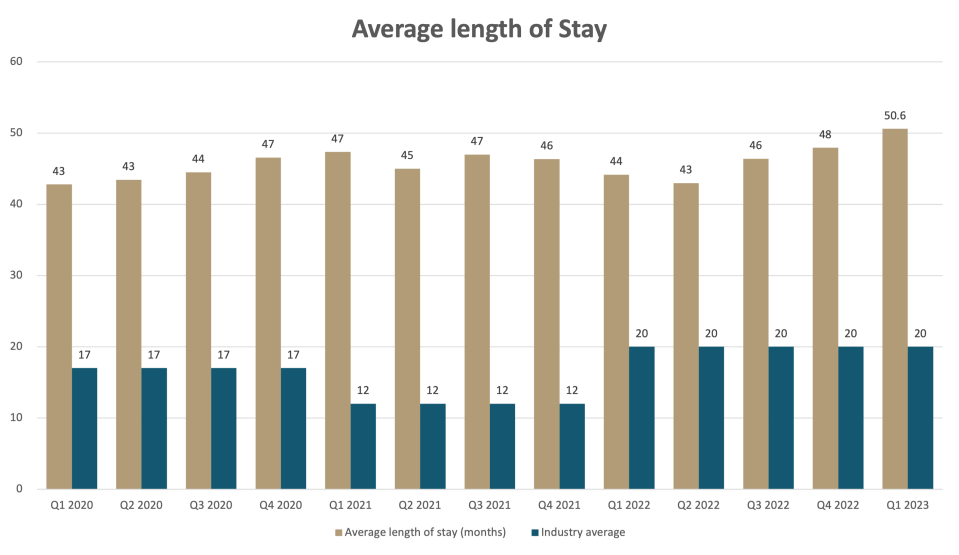London’s workspace occupancy ‘higher than before the pandemic’, says Argyll boss

The boss of London’s oldest office provider Argyll has said he has seen “unprecedented” levels of office occupancy in the last six months, defying concerns that Covid-19 had permanently pushed Londoners toward homeworking.
Speaking to City A.M. Argyll chief executive John Drover said that rates of occupancy had reached 90 per cent, with the firm seeing a 26 per cent uptick in clients.
“We’ve had for the last six months, the highest consistent occupancy we’ve ever had, and I’ve been here since January 2000. Higher than before the pandemic, higher than before GFC.”
“The last time we were at this sort of occupancy level was the dot com boom,” he said.
Drover – who returned to the sector to boost the flex-space provider’s post-pandemic performance, following a brief retirement stint – told City A.M. that at current levels the firm was almost “back to back” letting its office spaces.
The high office-occupancy rates come not only amid ongoing debate about the impact of homeworking trends, but also against the backdrop of soaring costs for firms.
Despite this Drover said that Argyll was still seeing normal rates of “business churn.” Company data shared with City A.M. also shows that office leaseholders are choosing to hold their spaces for longer.
“They’re staying for a record amount of time, so I think in 2019 our average length of stay was about three years. We’re here in 2023 and it’s over four years now.”

He told City A.M. that these shifts were in part down to cultural changes accelerated by the pandemic, as businesses were forced to embrace new styles of working.
Small business owners previously felt that to become established and promote stability, they would have to take a longer term lease, but this “stigma” has now “gone away,” post-pandemic.
“Flexible offerings are now mainstream,” Drover said.
It is one of many shifts in work habits prompted by the seismic changes seen during the pandemic, but according to Drover, a ubiquitous move to homeworking doesn’t appear to be one.
“We work with a lot of smaller companies, they could work from home or work from very near where they live, but they’re actually choosing to take spaces back in central London, and I think it’s because they are coming in to have these face to face interactions again,” Drover said.
Media coverage of growing homeworking trends has been “sensationalist,” he said, arguing that occupancy rates demonstrate an upward trend towards moving back into office spaces. “It’s like how do you reconcile that with no one’s coming into the office? It’s so strange.”